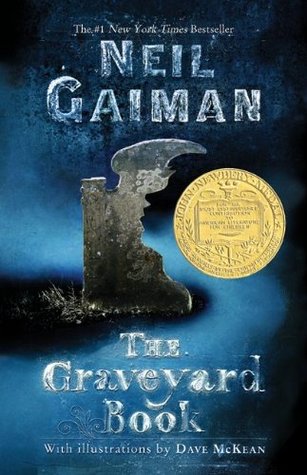
BIBLIOGRAPHY
Jamieson, Victoria. 2015. ROLLER GIRL. New York, NY: Penguin Group. ISBN 9780525429678
PLOT SUMMARY
Astrid is excited to spend her summer at roller derby camp with her best friend Nicole. Only, Nicole decides to go to ballet camp instead. With Rachel, Astrid’s nemesis. And to top it all off, Astrid can barely stand up on roller skates. Astrid spends her summer learning how to roller derby. But she also makes a new friend, lies to her mom, throws soda in Nicole’s face, and dyes her hair blue in the process. It is a busy, life-altering summer, and it culminates with Astrid participating in a big roller derby competition that she hopes to win.
CRITICAL ANALYSIS
In ROLLER GIRL, a graphic novel, Jamieson tells the poignant coming of age story about Astrid, a girl who must learn the often terrible lesson that our best friends from childhood don’t always stay our best friends as we begin to grow up.
Astrid is a multi-dimensional character that is a little bit self-centered, but loves her friends and family. She is easily offended, but knows what she likes and doesn’t like. Astrid is as real as a soon-to-be-junior-high-student can be, and it is impossible not to remember feeling this way as a preteen. As Astrid takes off on her journey of discovering who she is, she must leave behind her best friend, and that theme of moving on and being confused by all the jumbled up feelings is so raw, so human, and so real, the reader aches with her as she tries to name it.
The novel not only tackles this major coming of age theme in such a head on way, but it also addresses gender roles and the way society looks at girls who dye their hair, don’t wear pink, think kissing boys is gross, and want to smash and crash other girls on roller skates. Jamieson shows these issues beautifully because they are part of our protagonist, and the reader accepts this as a normal way for a girl to want to be.
The illustrations are vibrant and show both the ideas in Astrid’s mind as well as the actual events happening. The dialogue is shown in little dialogue bubbles, as well as Astrid’s often comical narration told in little rectangular boxes. Jamieson creates great expressions and body language in her characters that show much more than the words alone.
AWARDS AND REVIEWS
- Newbery Honor Book
- Texas Blue Bonnet Award
- A New York Times bestseller
- ALA Notable Book
- Kirkus starred review: “Jamieson captures this snapshot of preteen angst with a keenly decisive eye, brilliantly juxtaposing the nuances of roller derby with the twists and turns of adolescent girls’ friendships…Full of charm and moxie—don’t let this one roll past.”
- School Library Journal starred review: “The story will engage readers… Offer this comic to fans of Telgemeier’s Smile and Laura Lee Gulledge’s Page by Paige.”
- Publishers Weekly starred review: * “Readers will stand up and cheer.”
- Horn Book starred review: * “Jamieson’s dialogue captures coming-of-age…so authentically”
- BCCB starred review: ”[A] sharp and engaging graphic novel”
CONNECTIONS
- Read ALL’S FAIRE IN MIDDLE SCHOOL or other books also by Victoria Jamieson.
- Read SMILE by Telgemeier or PAGE BY PAGE by Gulledge.
- Students can write about a time when they had to choose a different path that separated them from someone they love (or a time they had to make a hard decision).
- Students can go roller skating or (if there is one around) try a roller derby team or roller skating club.
- Students can discuss activities they would like to try and research to see what it would take to do them.
Image retrieved from https://www.commonsensemedia.org/book-reviews/roller-girl.












